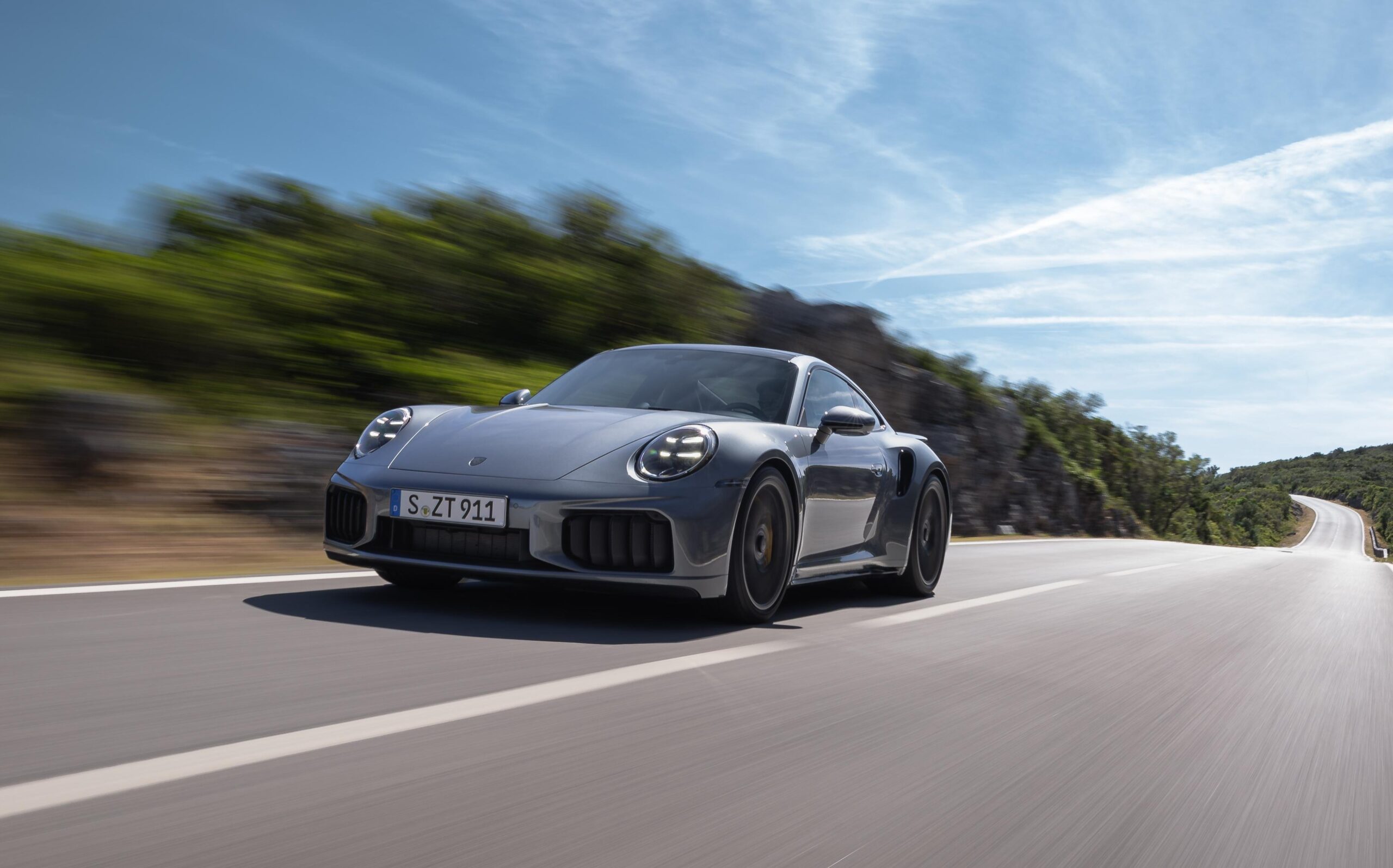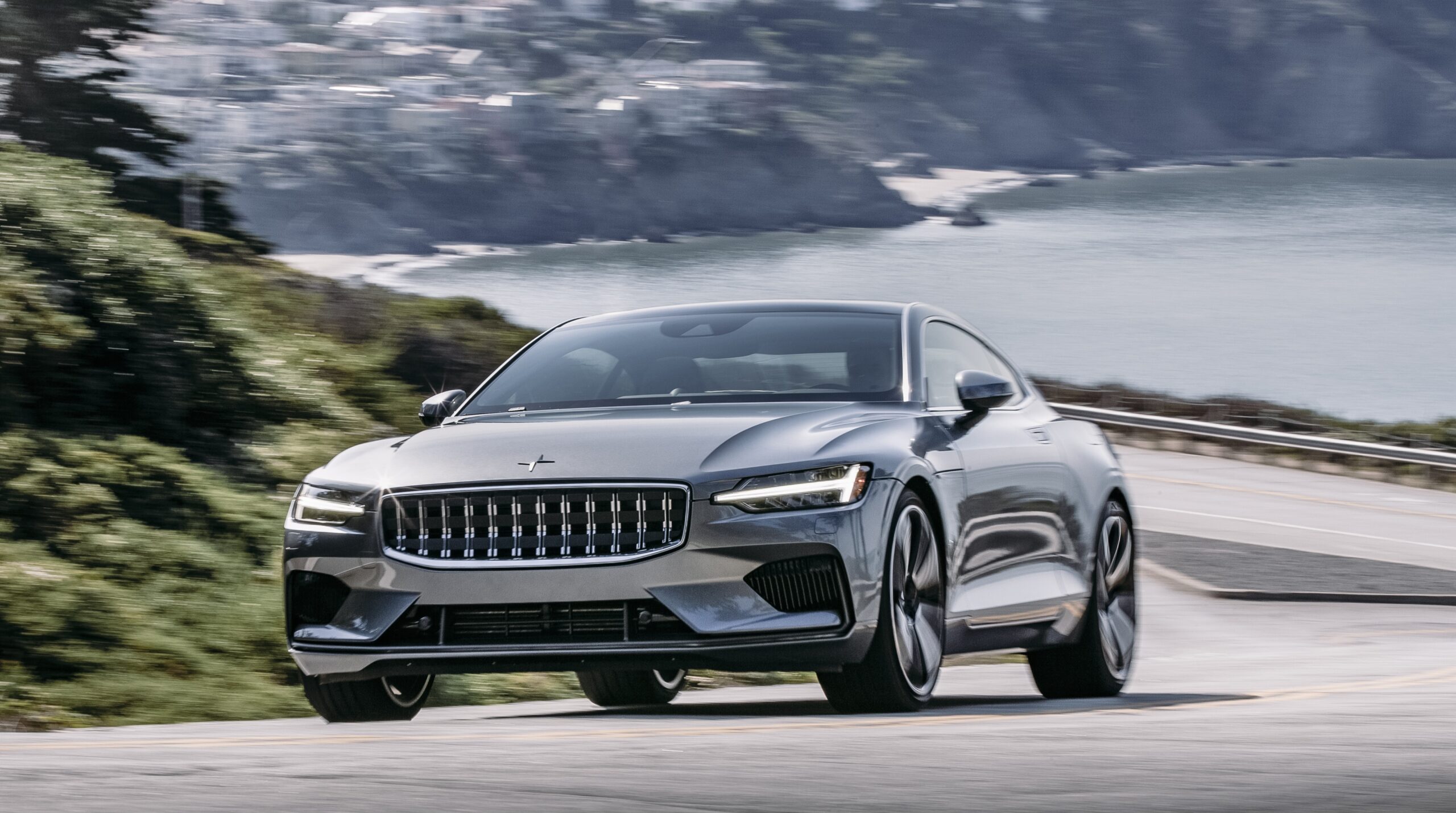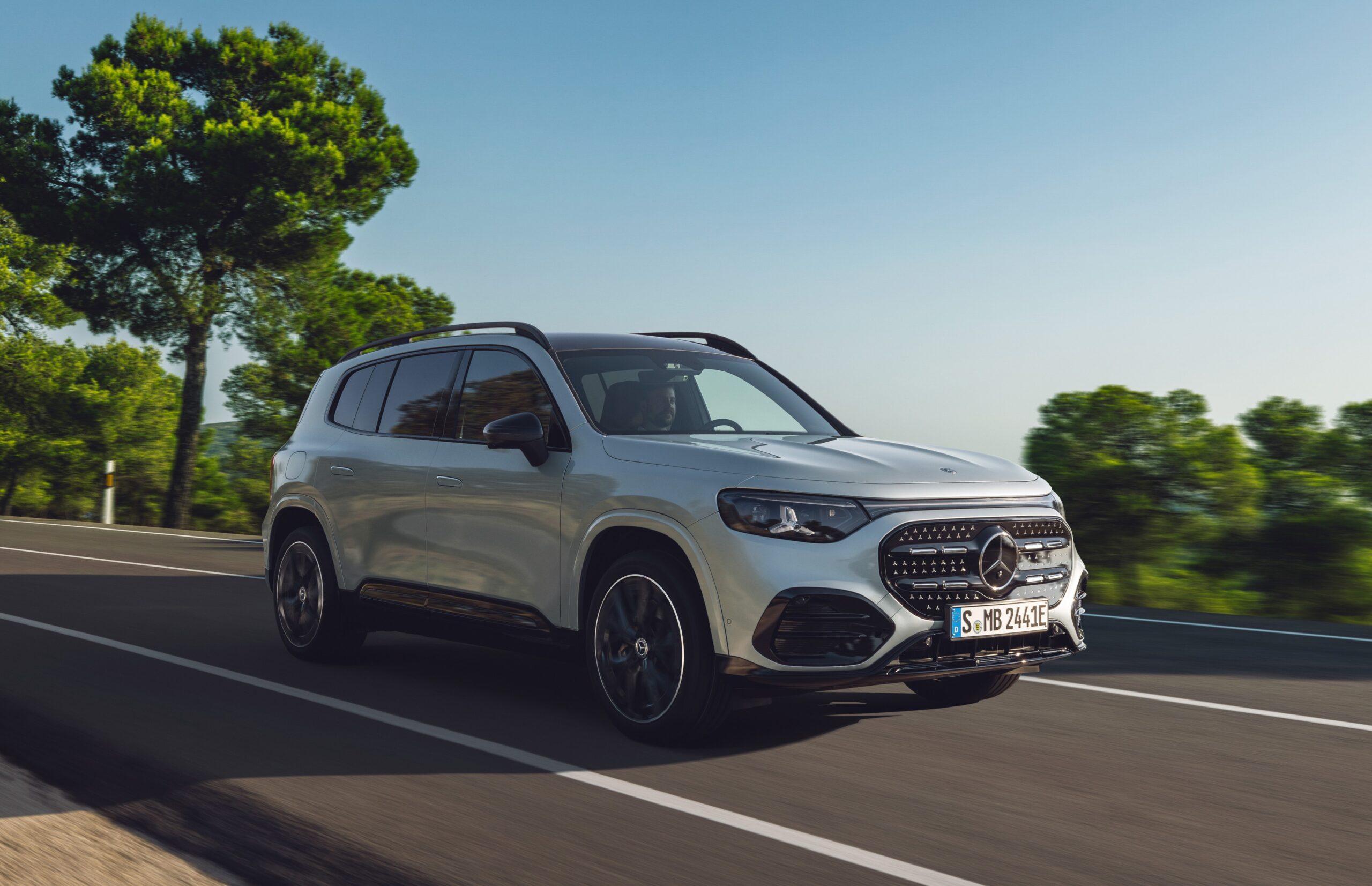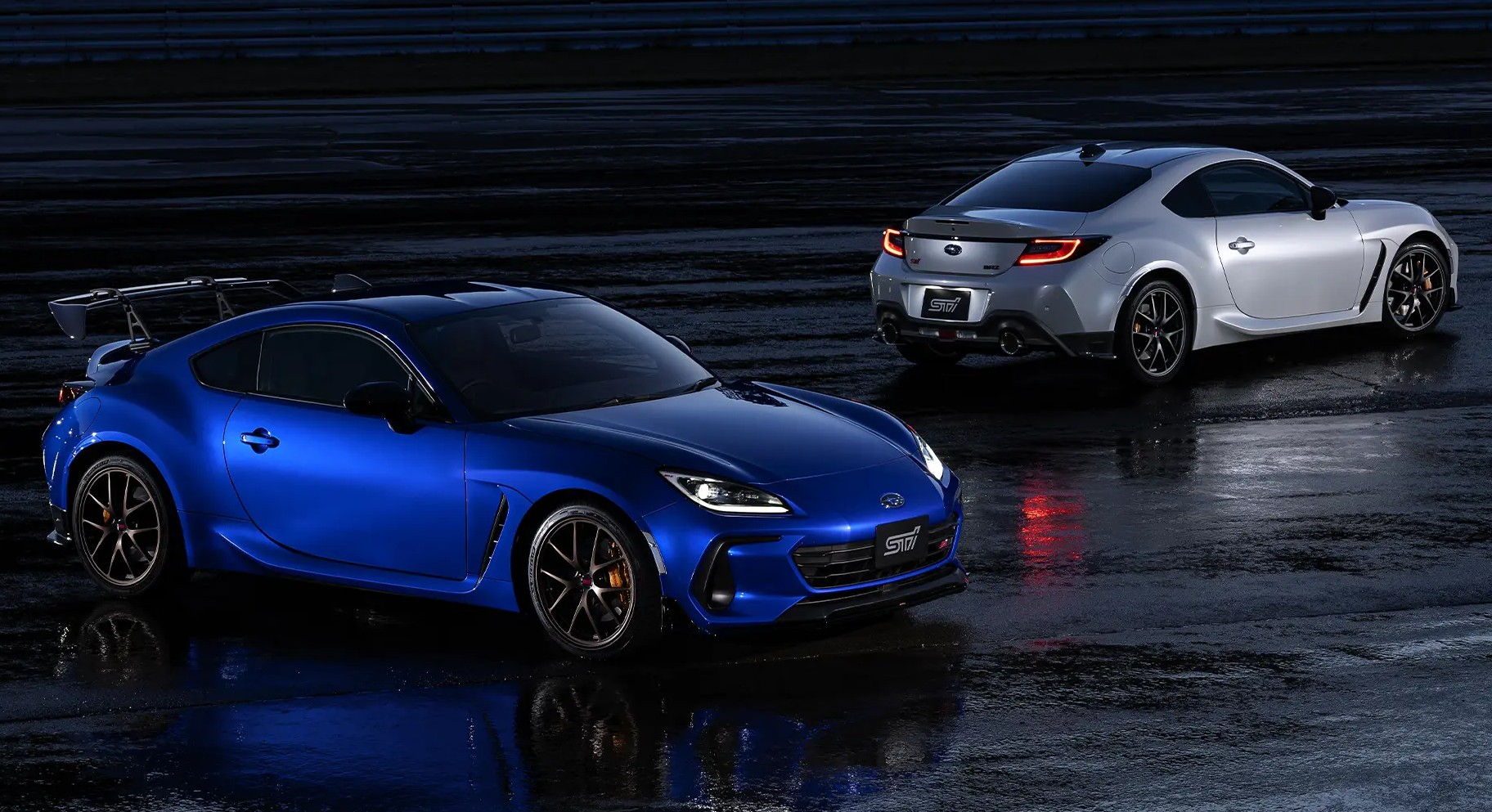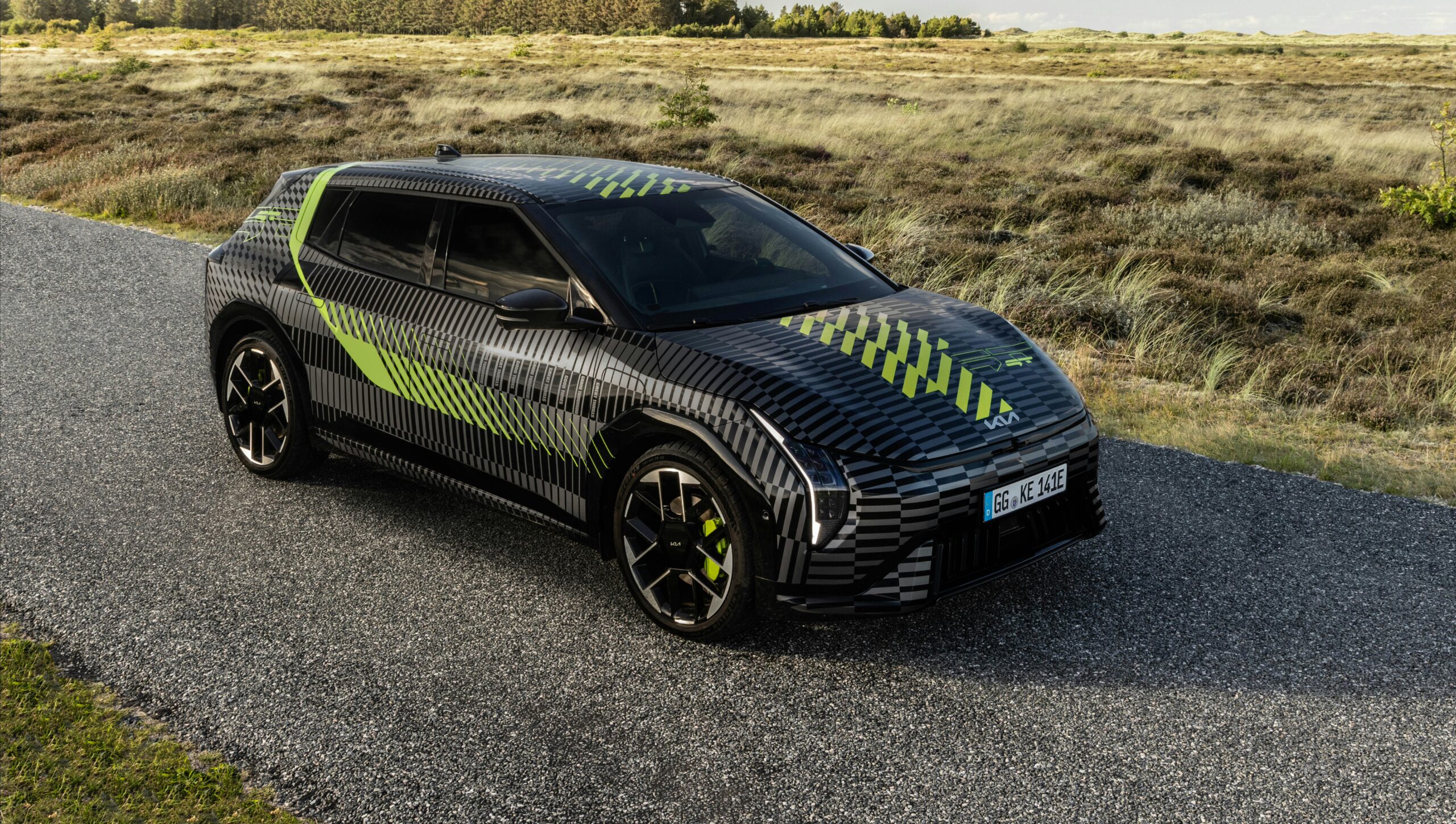Another 911 model goes hybrid. The 2026 Porsche 911 Turbo S sharpens its performance chops with electrification thanks to the T-Hybrid system. Unlike in the Carrera GTS, which uses a single exhaust gas electric turbocharger, the Turbo S employs two of them. Porsche designed turbines and compressors specifically for use in the Turbo S, resulting in improved power and responsiveness.
The Turbo S makes use of a 1.9-kWh battery and an eight-speed PDK dual-clutch automatic transmission with an electric motor integrated into it. How much power does the Turbo S now have? 701 hp and 590 lb-ft of torque. The former is up by 61 hp. Peak torque happens between 2,300 to 6,000 rpm, while peak horsepower is between 6,500 to 7,000 rpm. As before, power goes to all four wheels, allowing the 911 Turbo S coupe to sprint to 60 in 2.4 seconds. It takes just 2.4 seconds to hit 124 mph, a reduction of five seconds. Top speed stands at 200 mph.
Integrating the T-Hybrid system increased the Turbo S’ weight by 180 lbs. to 3,829 lbs. However, it more than makes up for it, as evident in its lap time on the famous Nurburgring Nordschleife. At 7:03.92, the latest 911 Turbo S beats its predecessor by a significant margin, around 14 seconds, according to Porsche.

2026 Porsche 911 Turbo S: More Than Power
Improvements go beyond power. The 911 Turbo S receives a host of other updates, too. The rear tires, which measure 325/30ZR21, are 10 mm wider and come paired with 255/35ZR20 rubber up front. Its standard Porsche Ceramic Composite Brakes now include new pads designed to match the added power, all while bringing improved pedal feel. It also gains larger rear rotors at 410 mm, or 20 mm more than the outgoing model.
Meanwhile, aerodynamic bits like an active rear wing and a front diffuser all help to add downforce. At the same time, they also help improve cooling. This reduces the drag coefficient by 10 percent. Additionally, new cooling flaps help protect the front brake rotors from too much water spray.
On the suspension front, the electro-hydraulically controlled Porsche Dynamic Chassis Control system comes standard. Operated by a 400-volt system and the high-voltage battery, it helps reduce body roll and improve agility when cornering. The 911 Turbo S also has an optional front lift system that lifts the front end to keep it from scraping. Additionally, its front and rear tracks are wider than the rest of the 911 lineup.







Distinctly Styled
As before, the 2026 Porsche 911 Turbo S features design details that set it apart from the other 911 models. These include rear quarter panel intakes to help cool the engine, oval-shaped titanium exhausts, and additional air vents in the rear. Moreover, it features unique exterior and interior accents finished in the model-exclusive Turbonite color to further differentiate Turbo models from other 911s.
Available in both coupe and cabriolet body styles, the 911 Turbo S features two seating layouts. Coupe models feature a standard two-seat configuration, but can be configured as a 2+2. However, the cabriolet comes exclusively as a 2+2. Additional standard features include adaptive 18-way power sport seats, Porsche Active Suspension Management, and a titanium Sport Active Exhaust system. It also includes a Sport Chrono Package with a tire temperature gauge.
For those wanting to customize their 911 Turbo S, Porsche offers an extensive list of options. These include a carbon fiber roof, a carbon fiber windshield, and Porsche’s exclusive Paint to Sample program. Prices for the 2026 911 Turbo S start at $272,650 for the coupe and $286,650 for the cabriolet. The hottest 911 model arrives in the Spring of 2026.
Source: Porsche





